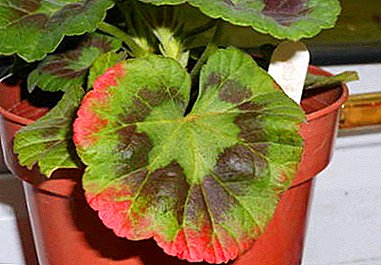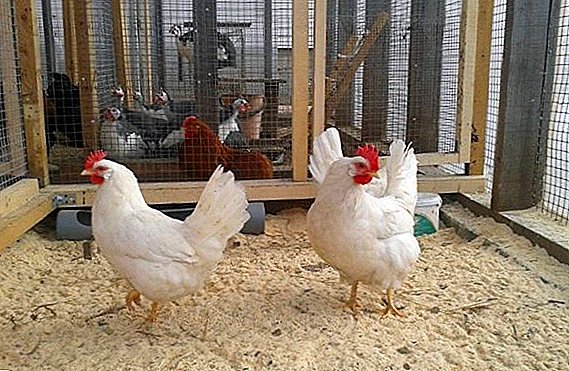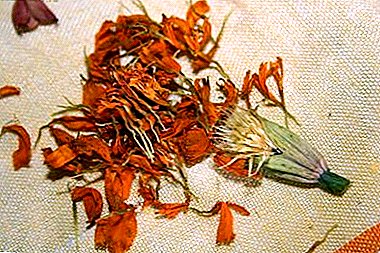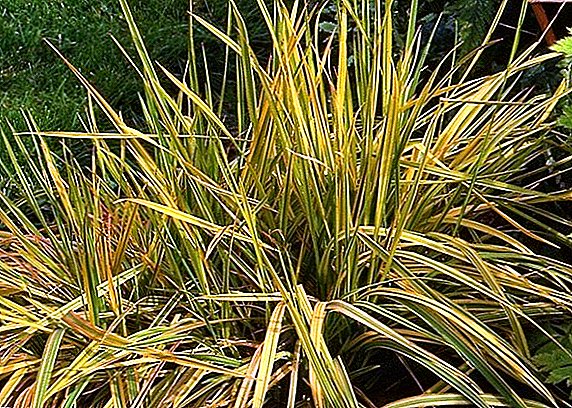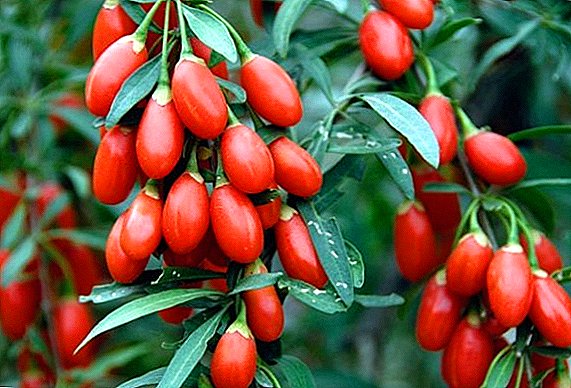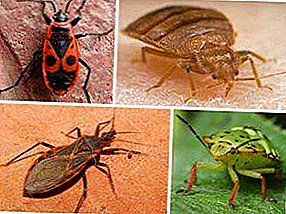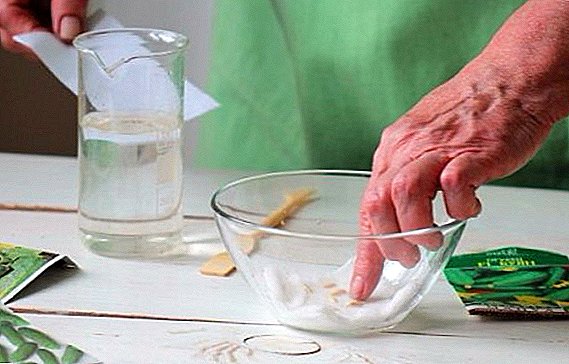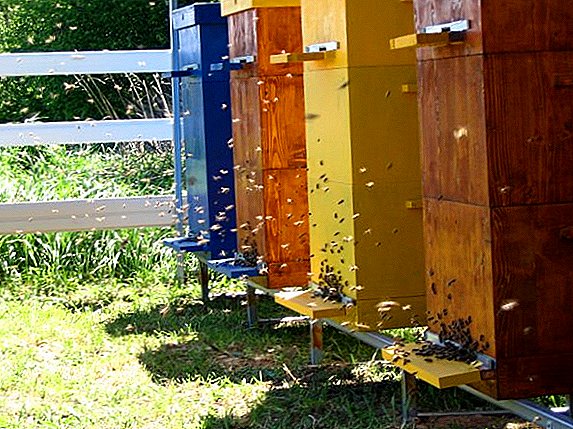 The content of bees in multicase hives - The case is only for a professional beekeeper.
The content of bees in multicase hives - The case is only for a professional beekeeper.
This method is preferred because of its functionality.
After all, the productivity of honey increases by 3 times. Let's see why.
Design features
This type of hive can be made independently. Usually, soft woods are taken for this, but the humidity should not exceed 8%.
Important! Larch is not suitable for boards from which the hive will be made. When dry, they can crack.
The hive consists of 5-7 buildings (their number depends on the season). In each case there are 10 frames with dimensions of 435 × 230. This is due to the fact that the weight of such enclosures is small and it is easy to swap them. The body itself is made with dimensions 470 × 375 × 240 mm. The thickness of the hive walls themselves is up to 35 mm. The design includes the following parts: the case, honey extension, dividing grid, ceiling boards, under-cover, the lid itself, the bottom, the stand, and the arrival board.
Familiarize yourself with all the features of making multi-hive.

Content
The design of the multicase hive is close to the natural conditions in which the bees live. Therefore, their content in it enhances the immunity of bees, life expectancy and strength. A good ventilation system will help in hot weather. Warmly in winter is preserved better due to well-thought-out walls or various types of insulation that can be used by the beekeeper.
Wintering
In winter, work with multicase hives is complicated due to low temperatures. Improperly prepared hive can lead to the death of bee colonies.
Only strong families leave for wintering. They must be on all 10 frames in the enclosure. If less is occupied, then families can be joined. A good selection of families is the key to a comfortable winter. Bees must be in multiple enclosures. In the upper body is laid carbohydrate food. Its required volume is up to 25 kg. Most often in the form of carbohydrate feed give ordinary honey. At the same time, the feeding with sugar syrup will provide the bees with a good supply of food. When preparing top dressing, you need to remember about such rules:
- sugar syrup should not be too concentrated;
- late feeding can lead to rapid aging of the bees;
- citric acid or acetic acid can be added to the syrup.

Invert is considered the best feeding. This is a mixture of sugar syrup and honey. In this case, 40 g of honey is added to 1 kg of syrup.
Coriander, chestnut, buckwheat, lime and phacelia are very tasty and healthy varieties of honey, which are collected from the depths of nature itself.During the winter season it is possible to control the movement of the club. To do this, you can take a piece of polyethylene and put it on the ceiling grid.
A spacious building is not a guarantee of a good wintering. It is better to choose a small body.
Did you know? Often, bees cannot be gathered into a hive before hibernation, as small aggression can occur. Then smoke comes to the rescue. It affects them in the following way: the bees begin to stock up on honey because of the sense of danger, filling their abdomen, and cannot release the sting.When preparing strong families you need to consider the presence of a young uterus. And a sufficient amount of bee bread will contribute to the care of the young bees for the winter, and the uterus will finish laying eggs later.

Beekeeping in multicase hives obliges to take care of weak families. In winter, the temperature inside the club can reach 22 ° C. But in order for weak bees not to become too depleted when generating heat, they need to be combined.
Read also about the features of beekeeping for beginners.When preparing the hive for winter, it is also important to warm. The bottom can be covered with sawdust or leaves. A well-made ventilation will help to avoid overheating of the hive, since it is more dangerous than frost.
So, the club must be located under the part of the hive with food.
Spring period
Well-conducted work with multicore hives before winter will ensure large growth of families in the spring. This is due to the ability to expand the nest.
To expand the nest, you will need to swap the enclosures — the top one with the bottom one, respectively, since the top one is filled with rasplod.  Spring inspection when rearranging allows you to determine the state of the bees. Even strong families can weaken, so in the spring they can be combined. It is necessary to take into account the causes of exhaustion of bees (diseases or such external factors as mice). The expansion procedure is performed twice.
Spring inspection when rearranging allows you to determine the state of the bees. Even strong families can weaken, so in the spring they can be combined. It is necessary to take into account the causes of exhaustion of bees (diseases or such external factors as mice). The expansion procedure is performed twice.
Important! To clean the bottom of the sub, you need a spare bottom. It is installed at a low temperature by removing the socket.In any case, with such a permutation, the uterus will lay more eggs, and the bees will not swarm. After the upper case is filled, you need to install a new one. It is constructed between the first and second.
You can also cut the nest - put the top of the hive on the bottom, and remove the bottom.
In spring, it is necessary to ventilate the multi-body hive due to the large amount of condensate. Humidity can be reduced with the expansion of the inlet.
If you want to get a valuable bee product - wax from various wax raw materials, then read how to make a solar wax refinery with your own hands.

Summer
In June and early July, bee families prepare for a bribe.
The uterus is separated for worming with the help of the mesh in the lower case. In the second half of June, the lower and building buildings change places. This is necessary for brood, because the building is located in the building case. Other enclosures should be separated using a grid. Frames printed brood set near the grid.
So, multi-hive will have the following sequence:
- Housing with honey.
- Printed brood.
- Open brood.
- The construction part of the hive.
Thus, the bees will be distracted from swarming, as the building building is located under the brood. 
Did you know? Bees, which appeared in the spring and summer periods, have the shortest lifespan, because they account for most of the work on collecting honey. Thus, they spend their life resources faster.
Summer ventilation is also solved by the expansion of the entrance.
Autumn period
After the last bribe, preparations for the winter period take place, and there are no major additions to the maintenance of the multi-body hive. Of course, the hygiene of the hive is checked, inspection of the bees, and excess cases are removed. In autumn, only intensive feeding of bees can occur. It is carried out in early September. Do not forget about the above rules feeding.
Advantages of the method
The main advantages of this method is the increase in families and the amount of honey. It is worth noting the advantages of the content, as there is a field for imagination and knowledge of the beekeeper. The multi-hive beehive and those methods of apiculture that are used are good for both private and industrial apiaries.
Thus, the natural conditions created by the simple construction of the hive will provide comfort to the bees in winter and good shelter from high temperatures in summer. The main thing is a well-organized wintering. Then the bees throughout the year will be healthy and produce more honey.



